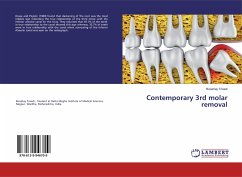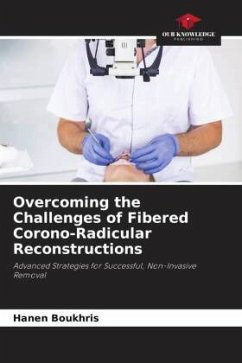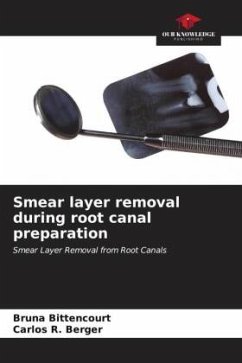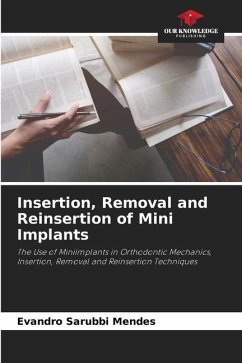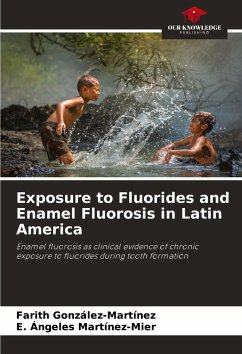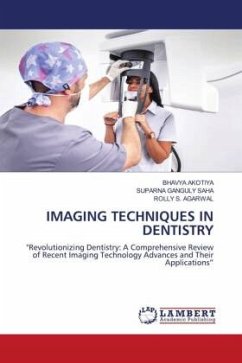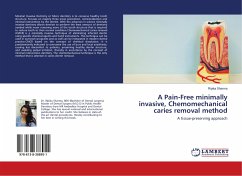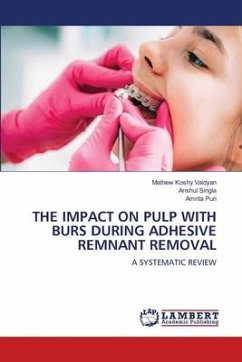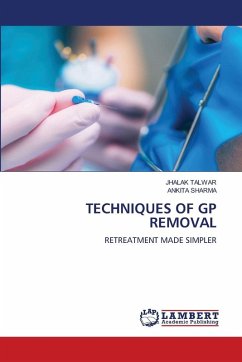
TECHNIQUES OF GP REMOVAL
RETREATMENT MADE SIMPLER
Versandkostenfrei!
Versandfertig in 6-10 Tagen
40,99 €
inkl. MwSt.

PAYBACK Punkte
20 °P sammeln!
Effective gutta percha (GP) removal is absolutely essential in endodontic retreatment because residual material can harbor bacteria and impede successful healing. When GP is left in place, it creates niches for persistent infection, prevents disinfectants and irrigants from reaching deeper canal walls, and compromises the adhesion and seal of fresh canal fillings. Moreover, incomplete removal extends treatment time and raises the risk of procedural complications like instrument separation or perforation. Best practices typically involve mechanical bulk removal of GP using rotary or hand-instru...
Effective gutta percha (GP) removal is absolutely essential in endodontic retreatment because residual material can harbor bacteria and impede successful healing. When GP is left in place, it creates niches for persistent infection, prevents disinfectants and irrigants from reaching deeper canal walls, and compromises the adhesion and seal of fresh canal fillings. Moreover, incomplete removal extends treatment time and raises the risk of procedural complications like instrument separation or perforation. Best practices typically involve mechanical bulk removal of GP using rotary or hand-instrumentation in the coronal two-thirds, with selective use of solvents and adjunctive ultrasonic activation in the apical third-thereby ensuring maximal cleanliness and minimizing chemical exposure. In sum, fully eliminating GP is non-negotiable: it restores canal patency, enables effective disinfection, ensures a tight seal, reduces reinfection risk, and ultimately drives retreatment success. Hopefully, this book will help young learners in achieving this goal and provide them with appropriate information to discover new methods.




